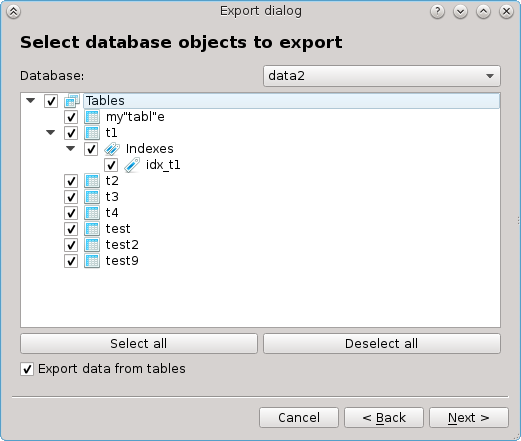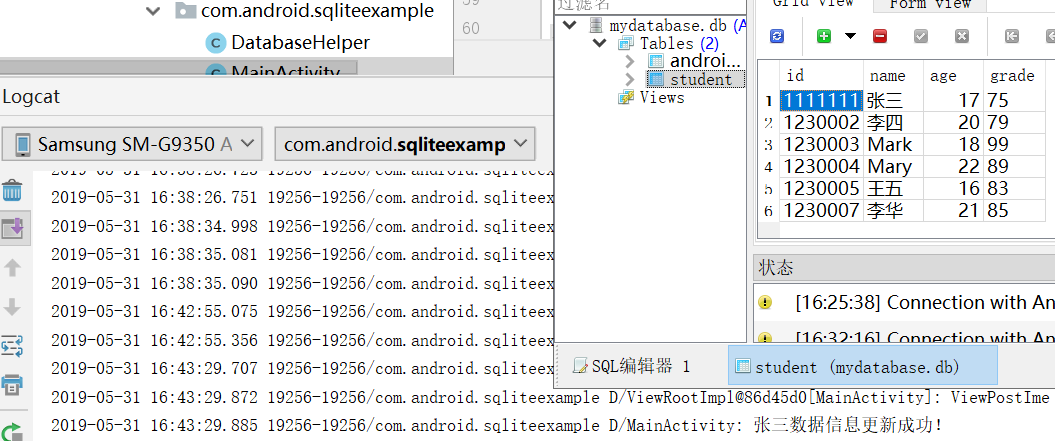

"Skip queries/views conversion." Sometimes you don't need to convert views/ queries. Check this option if you need to reassign the fields to match the target table. "Load destination structure." In most cases, there is no need to load the destination Here you can adjust different settings affecting the chosen sourceĭestination nodes in detail. "Customization" button to proceed to the next step. Job toolbar consists of the following commands for Job You can filter jobs by type by clicking the appropriate tab at the top With this feature, you can organize the transfer process as a scheduled task and run it at any time.Īll created Jobs are displayed at the bottom of the Main window. When choosing a data distribution type, you can add multiple target databases, as shown in theĪdd job button to create a job for the current process and save all your settings. If the target database does not exist, DBConvert Studio will create a new one for you. Repeat the previous step to select the desired destination database. If you don't need to convert the entire database, just select only the tables you need. To set up the conversion/sync, follow the steps below. Replicate and migrate databases efficiently. Our built-in scheduler automates repetitive tasks to complete automatically.Ĭheck out the many other features of DBConvert Studio to help you.You can use custom WHERE expressions to filter the range of data that is copied to the.

Sqlitestudio structure how to#
This section shows how to import csv data and Excel workbook data into databases using functions from the sqldf package.


 0 kommentar(er)
0 kommentar(er)
